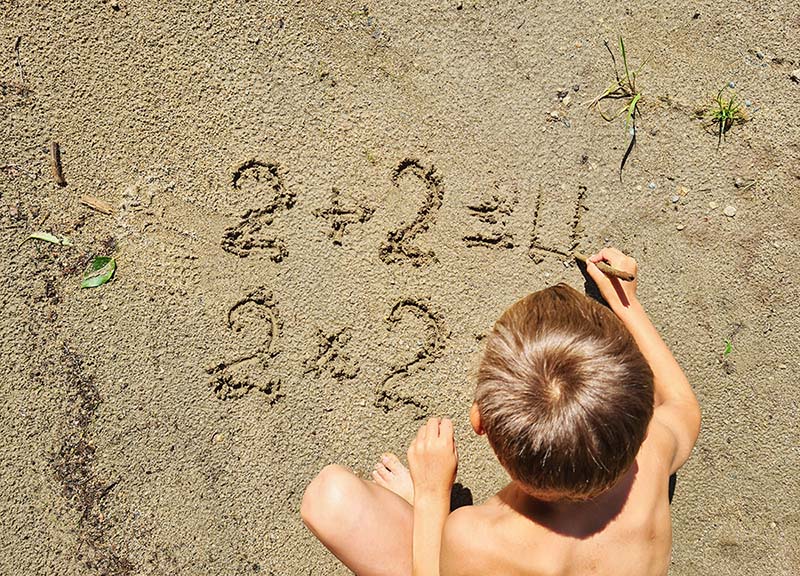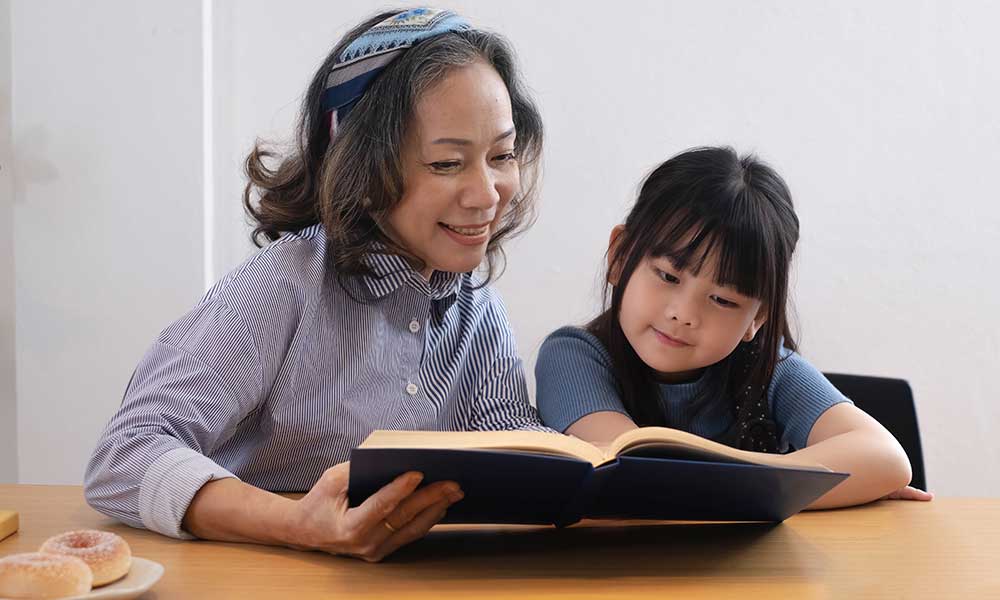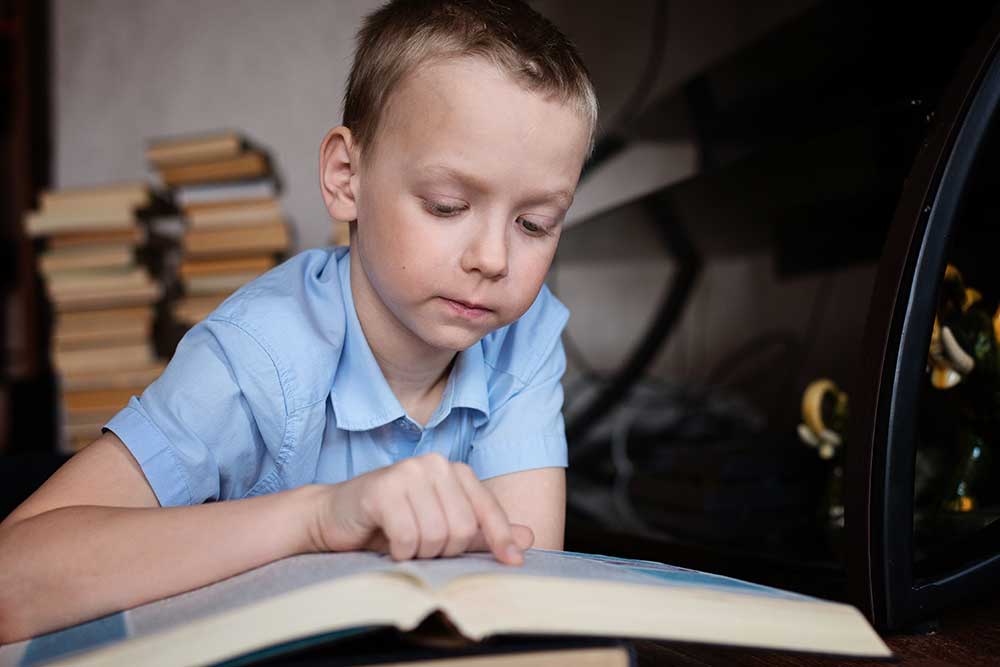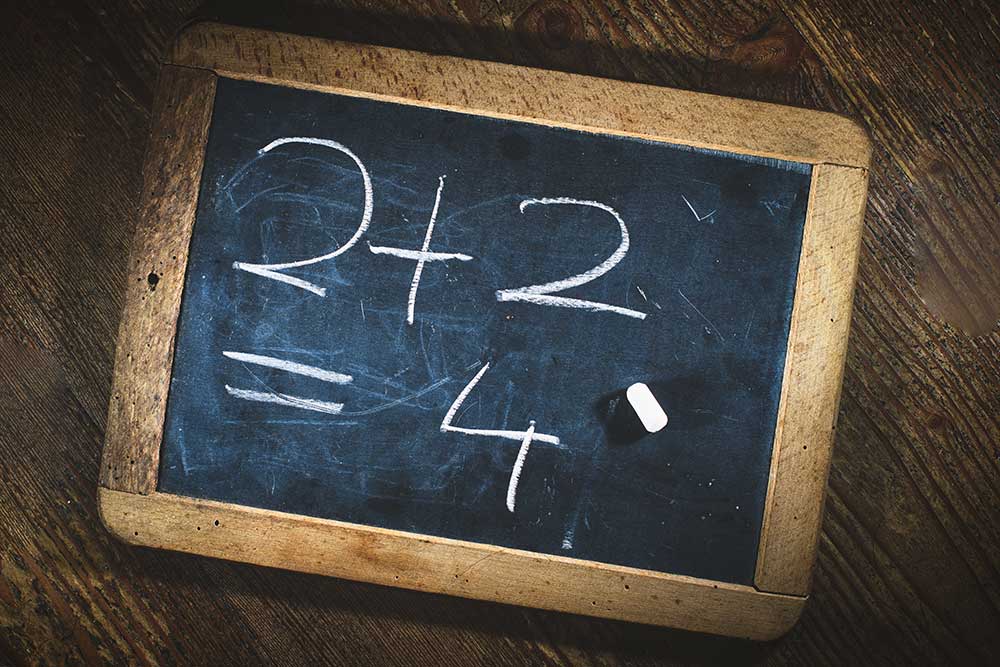Sand trays aren’t just an arena for creative play; they also emerge as a profound platform for multisensory learning. Engaging learners through tactile, kinesthetic, and visual stimuli, sand trays offer an interactive method to deepen comprehension. This article sheds light on the techniques and benefits of integrating sand trays into multisensory learning, offering valuable insights for educators and parents alike.
The Concept of Multisensory Learning
Multisensory learning incorporates multiple senses simultaneously to bolster memory and comprehension. By involving various senses—like sight, touch, and movement—students can forge more neural pathways, enhancing their understanding of a topic. This approach proves invaluable for students with learning challenges such as dyslexia, offering them a range of techniques to process and retain knowledge.
The Magic of Sand Trays
Sand is malleable, versatile, and immediately responsive, making it an apt medium for sensory exploration. Here’s how sand trays can play a pivotal role in multisensory learning:
- Tactile Experience: The granular texture of sand, its capacity to be molded, and the sensation of it slipping through fingers provide a distinct tactile experience.
- Visual Exploration: The patterns created, the ability to inscribe letters or shapes, and the blending of colored sands provide rich visual feedback.
- Kinesthetic Activity: Drawing, shaping, and manipulating the sand facilitates fine motor skills and hand-eye coordination.
Techniques for Integrating Sand Trays into Learning
- Alphabet and Word Formation: Use sand trays for students to shape letters or trace words, promoting letter recognition and formation.
- Mathematical Concepts: Introduce basic geometry by crafting shapes or demonstrate arithmetic by creating sand mounds of varying sizes to represent different numbers.
- Science Exploration: Delve into concepts like erosion or layers of the Earth using the sand as a model.
- Storytelling: Let students recreate scenes from stories or history in the sand, offering a tactile dimension to narratives.
- Artistic Expression: Blend colored sands or incorporate small objects and figures to foster creativity and artistic exploration.
Benefits of Sand Trays in Multisensory Learning
- Enhanced Engagement: The tactile nature of sand holds a learner’s attention, maintaining their focus.
- Improved Retention: Engaging with multiple senses means better memory retention and recall.
- Boosted Creativity: The versatility of sand stimulates imagination, nurturing creativity and out-of-the-box thinking.
- Promotes Relaxation: The act of playing with sand has therapeutic qualities, often aiding in reducing anxiety and promoting mindfulness.
Practical Tips
- Safety First: Always ensure the sand is clean, especially if children are involved, to prevent any infections or allergies.
- Limit Mess: Use trays with raised edges and consider placing a mat underneath to contain any spillage.
- Variety is Key: Refresh the sand tray experiences by introducing new objects, colored sands, or themes.
In essence, sand trays, akin to other multisensory tools, are a veritable treasure trove of learning opportunities. By thoughtfully weaving them into the educational fabric, educators and parents can create a rich, engaging, and transformative learning environment.




